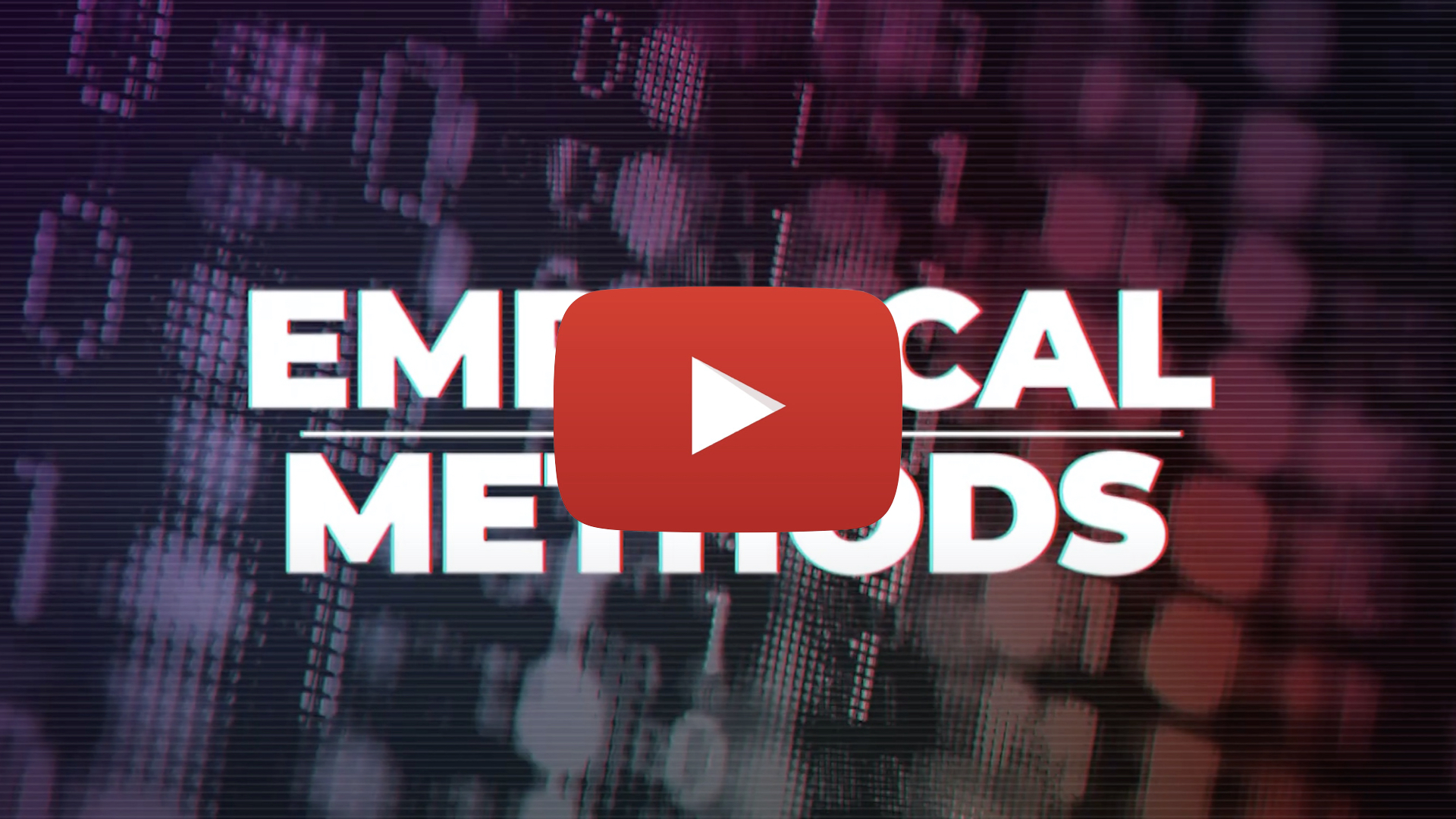empirical-methods
Homepage for 17-803 "Empirical Methods" at Carnegie Mellon University
Project maintained by bvasiles Hosted on GitHub Pages — Theme by mattgraham
 (thanks for the promo, @JoshQuicksall!)
(thanks for the promo, @JoshQuicksall!)
This is the Spring 2024 offering of this course. For older versions, see here: Fall 2022 • Spring 2021 • Fall 2018.
Overview
Empirical methods play a key role in the design and evaluation of tools and technologies, and in testing the social and technical theories they embody. No matter what your research area is, chances are you will be conducting some empirical studies as part of your work. Are you looking to evaluate a new algorithm? New tool? Analyze (big) data? Understand what challenges practitioners face in some domain?
This course is a survey of empirical methods designed primarily for computer science PhD students, that teaches you how to go about each of these activities in a principled and rigorous way. You will learn about and get hands-on experience with a core of qualitative and quantitative empirical research methods, including interviews, qualitative coding, survey design, and many of the most useful statistical analyses of (large-scale) data, such as various forms of regression, time series analysis, and causal inference. And you will learn how to design valid studies applying and combining these methods.
There will be extensive reading with occasional student presentations about the reading in class, homework assignments, and a semester-long research project for which students must prepare in-class kickoff and final presentations as well as a final report.
After completing this course, you will:
- become a more sophisticated consumer of empirical research, both in your field and outside
- develop the methodological skills that can help you design and carry out empirical components in your own research program
- be able to analyze empirical data, draw conclusions, and present results
- be able to read, summarize, present, but most importantly critique academic empirical research papers on a deep technical level
As a side effect, this course helps you develop a healthy dose of skepticism towards scientific results in general. Does the study design really allow the authors to make certain claims? Does the analysis technique? Is the evidence provided as strong as it could be? Are there fundamental flaws and threats to validity?
Coordinates
- Lectures: Tuesdays & Thursdays 3:30-4:50pm, Eastern Time in WEH 4708
- Assignments, private announcements: Canvas
- Slides: this website
- Reading materials: Shared Google Drive folder accessible with CMU login
- Instructor: Bogdan Vasilescu
Course Syllabus and Policies
The syllabus covers course overview and objectives, evaluation, time management, late work policy, and collaboration policy.
Learning Goals
The learning goals describe what I want students to know or be able to do by the end of the semester. I evaluate whether learning goals have been achieved through assignments, written project reports, and in-class presentations.
Schedule
Below is a preliminary schedule for Spring 2024. Each link points to a dedicated page with materials and more details. All videos are published on this YouTube channel.
Note: The schedule is subject to change and will be updated as the semester progresses.
| Date | Topic | Notes |
|---|---|---|
| Tue, Jan 16 | Introduction | slides |
| Thu, Jan 18 | Formulating research questions | slides • video |
| Tue, Jan 23 | The role of theory | slides • video |
| Thu, Jan 25 | Literature review | slides • video |
| Tue, Jan 30 | Exemplar interview papers | slides |
| Thu, Feb 1 | ||
| Tue, Feb 6 | Conducting interviews | slides • video |
| Thu, Feb 8 | Qualitative data analysis | slides • video |
| Tue, Feb 13 | In-class activity: qualitative coding & thematic analysis | slides |
| Thu, Feb 15 | Qualitative analysis in the age of LLMs | slides |
| Tue, Feb 20 | Project proposal presentations | slides |
| Thu, Feb 22 | Types of errors in probability survey research | slides |
| Tue, Feb 27 | Questionnaire design and multi-item scales | slides |
| Thu, Feb 29 | Experimental design | slides |
| Tue, Mar 12 | Example experimental papers | slides |
| Thu, Mar 14 | Interaction effects and power analysis | slides |
| Tue, Mar 19 | Regression modeling diagnostics | slides |
| Thu, Mar 21 | Simpson’s paradox, exemplar papers, in-class activity | |
| Tue, Mar 26 | Interrupted time series design | |
| Thu, Mar 28 | In-class activity: interrupted time series analysis | |
| Tue, Apr 2 | Social network analysis (part I) | |
| Thu, Apr 4 | Social network analysis (part II) | |
| Tue, Apr 9 | Diff-in-diff + CausalImpact | |
| Tue, Apr 16 | Research vs researcher | |
| Thu, Apr 18 | Agree to disagree | |
| Tue, Apr 23 | Final presentations (part I) | |
| Thu, Apr 25 | Final presentations (part II) |